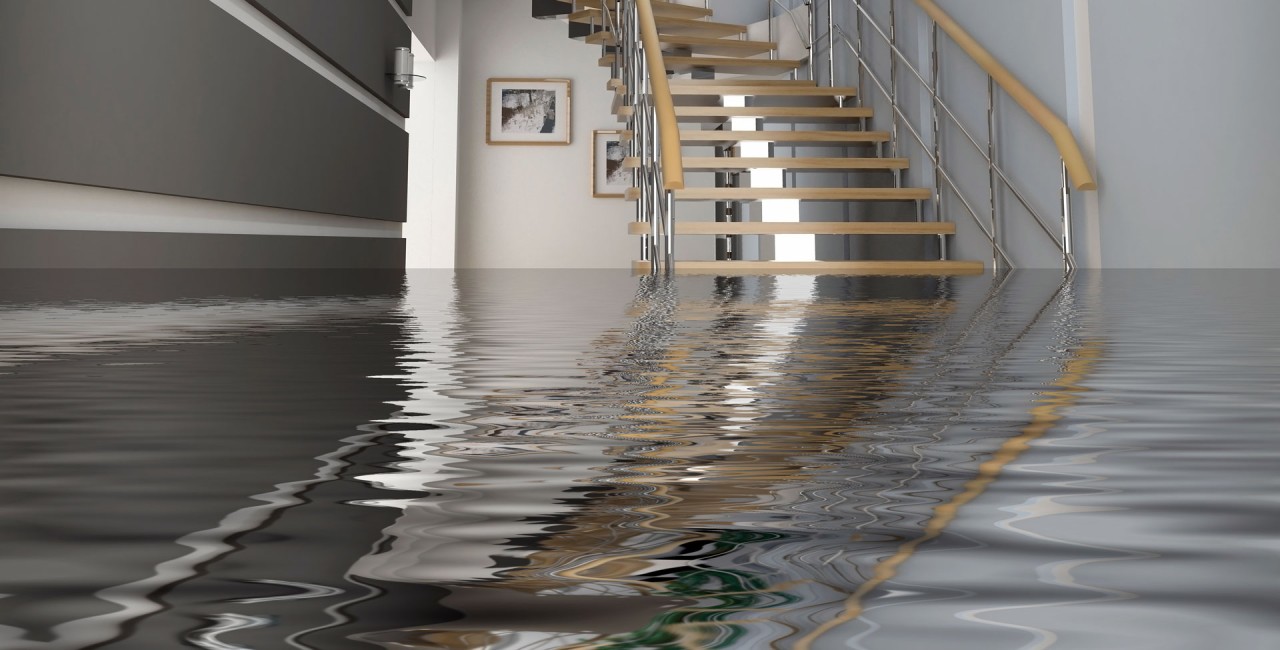Any property is at risk from water damage from burst pipes, leaking roofs, or natural floods. What appears to be a limited spill might spread to unseen structural parts, allowing mold development and material damage. Visual inspection and basic moisture meters can miss concealed pockets of saturation, resulting in partial drying and repeated difficulties. Advanced moisture mapping technology replaces guessing with data-driven analysis. This unique method provides a full, non-invasive understanding of moisture distribution throughout a structure, enabling focused, thorough, and more successful restoration activities that reduce long-term structural damage and health risks. For accurate and efficient Gulf Coast remediation, especially for catastrophic accidents, WaterDamageRestorationinHouston professionals increasingly use these new procedures.
Locating Hidden Moisture
wetness mapping technology’s capacity to detect invisible wetness is a major benefit. Water may move surprisingly far beneath walls, floors, and ceilings without being seen. Technicians use thermal imaging cameras and invasive and non-invasive moisture meters. Evaporative cooling makes wet areas look cooler, so thermal cameras detect temperature differences. This combined data is then used to build a detailed, visual map of the impacted areas, showing the full degree of water penetration and ensuring no damp spot is missed for total treatment.
Smart Drying Methods

With a precise moisture map, restoration specialists may create and implement smart drying plans. High-velocity air movers and commercial-grade dehumidifiers can be strategically placed by knowing where moisture is, how saturated materials are, and how far the water has migrated. This minimizes guesswork, directing resources to the most afflicted areas and increasing drying efficiency and efficacy. This tailored technique speeds drying and prevents unaffected areas from over-drying, which can harm materials. WaterDamageRestorationinHouston restores the entire afflicted zone to acceptable moisture levels, preventing residual difficulties. Effective and exact drying is crucial after major weather disasters, and Houston Restoration experts use this technology to manage complex projects more accurately. It keeps environments dry, protecting the property’s longevity and people’s health from hidden risks.
Ensure Complete Recovery
Water damage restoration projects aim to fully restore the property to its pre-damage state. By giving quantitative data throughout restoration, moisture mapping technology helps achieve this. It lets technicians track daily drying progress and alter equipment or strategy depending on real-time moisture readings. After initial drying, a final moisture mapping assessment verifies that all areas are dry, proving restoration worked. This detailed documentation is essential for a successful restoration and insurance claims, giving property owners piece of mind that their asset is entirely recovered and free of hidden moisture issues.











